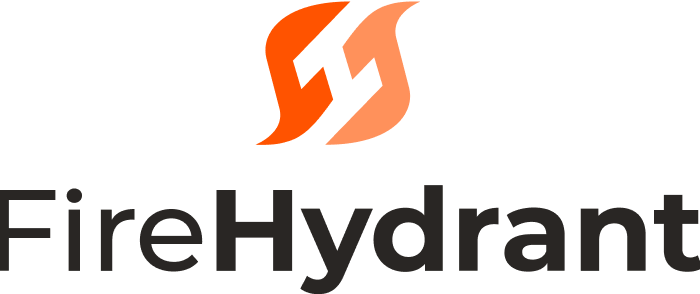This one is a direct response to an article by Lorin Hochstein from a couple weeks back. There’s a lot here to think about, and it’s really great to see the back-and-forth discussion.
Chris Evans — incident.io
A tour through the design of S3 by its VP. I found the discussion of managing “heat” (I/O load) especially interesting.
Andy Warfield — Amazon
This one introduced me to a new concept: vertical vs horizontal sharding. Vertical sharding by whole tables, and horizontal is sharding by related rows across tables, as with users or groups of users.
Suleiman Dibirov
Thanks to its simplicity, in this post we’ll implement a Delta Lake-inspired serverless ACID database in 500 lines of Go code with zero dependencies.
PutIfAbsent maps nicely to API features available in S3, Azure, and Google Cloud Storage, among others.
Phil Eaton
If your API has been quietly delivering five nines, and you add an SLO with a target of three nines, you’re gonna have issues.
Niall Murphy
Those .io domains seemed super cool, but maybe not so much now. If your company depends on one, especially for a public API endpoint, it’s probably about time to get a fallback domain lined up.
Vivek Naskar
Cloudflare built an automated workflow processor on Temporal to handle routine failures, reducing toil.
Opeyemi Onikute — Cloudflare
It’s hard enough handling certificate expiry yearly, but this article introduced me to the fact that browser root programs are pushing for standardization on 3-month certificates.
Krupa Patil — Security Boulevard

